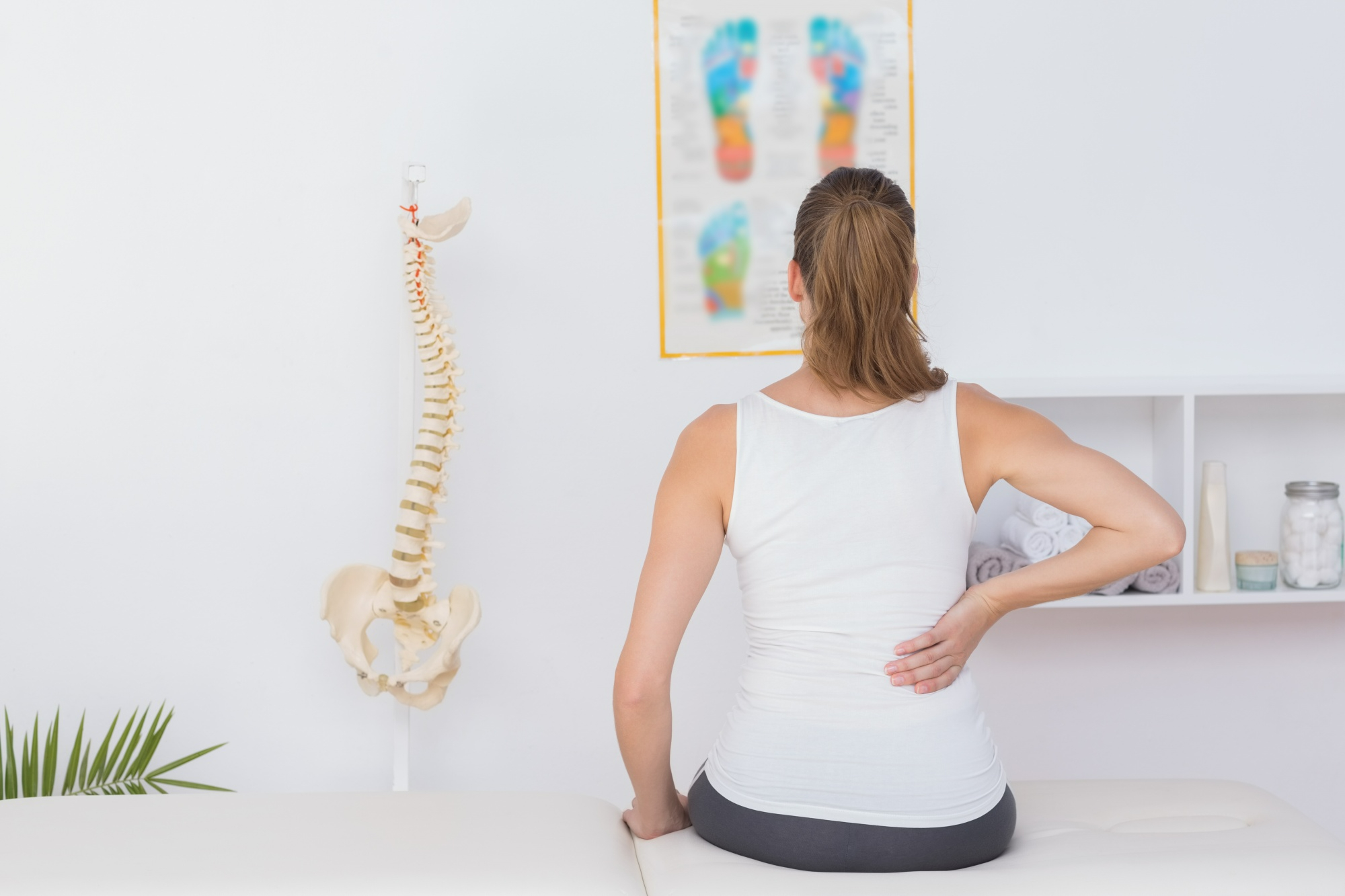Scoliosis of the Spine
Scoliosis refers to any abnormal, sideways curvature of the spine. The curve can bend to the left or to the right, and its severity can vary from mild to barely noticeable to severe.

Types of Scoliosis of the Spine
Congenital Scoliosis
It is present at birth, and is caused by a bone abnormality.
Neuromuscular Scoliosis
This occurs due to abnormal nerves or muscles. People with spinal bifida or cerebral palsy are often found with such scoliosis.
Degenerative Scoliosis
This results from conditions such as osteoporosis (thinning of bones), bone collapse, previous back surgery, and trauma from injury or illness.
Idiopathic Scoliosis
This is a condition where the cause is unidentifiable. It may be inherited and is one of the most common types.
Signs & Symptoms of Scoliosis of the Spine
- Shoulders are of different heights – one shoulder blade is more prominent than the other
- Head is not centered directly above the pelvis
- Appearance of a raised, prominent hip
- Rib cages are at different heights
- Uneven waist
- Changes in the look or texture of skin overlying the spine
- Leaning of the entire body to one side
- Rib prominence when bent over
Treatment of Scoliosis of the Spine
Braces
The purpose of bracing is to halt the progression of the curve. It may provide a temporary correction and is the usual treatment choice for adolescents if their bones are still maturing.
Surgery
It usually involves joining the vertebrae together permanently– called spinal fusion.
- Posterior Surgical Approach: A larger incision is made in the thoracic portion of the spine. The curvature is reduced using screws, wires, hooks, and rods. The surgeon then places a bone graft around the bones to be fused to get them to grow together and become solid.
- Anterior Surgical Approach: An open incision is made in the thoracolumbar junction (T12 – L1) and the ribs are removed (usually from the left side). The discs are removed to loosen up the spine. The curvature is reduced using screws, wires, hooks, and rods. Afterward, a bone graft is placed around the bones.
Other Treatments

Get a Free Expert Evaluation and Treatment Plan
Send your inquiry today and let our team take care of the rest
Contact Now